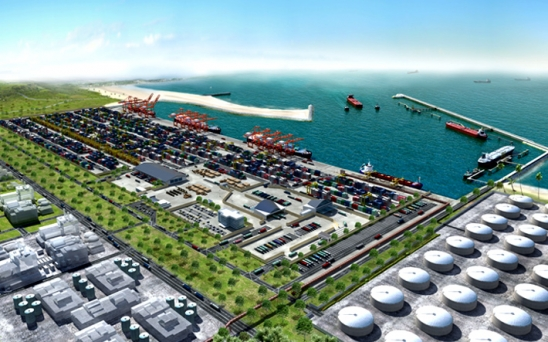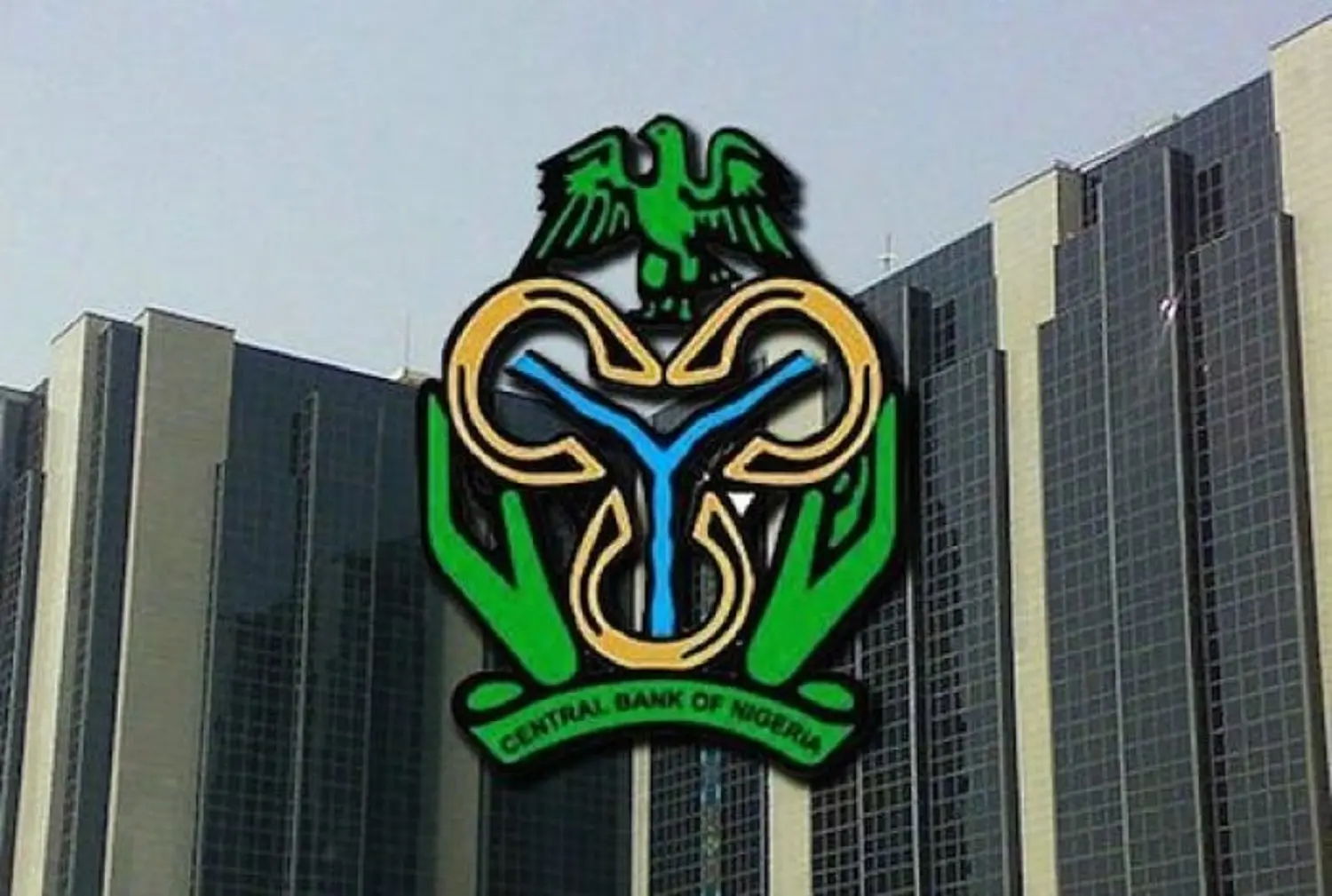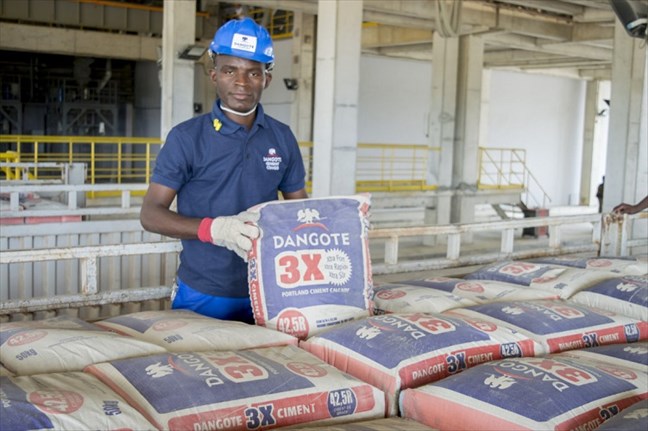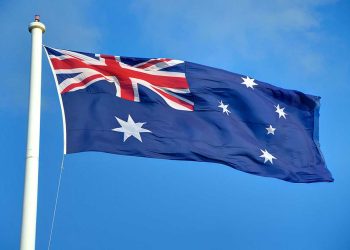President Muhammadu Buhari launched the $1.5 billion Lekki Deep Seaport project in Ibeju-Lekki, Lagos State, some days ago just months before his term expires.
The project is one of the most significant initiatives of the Buhari government, and it is projected to strengthen the Nigerian economy since the marine sector is crucial for growth and economic development.
The port is planned to infuse at least $361 billion into the economy, in addition to generating work possibilities for youngsters.
The Nigerian Ports Authority’s Managing Director, Mohammad Bello-Koko, noted that the achievement would result in economies of scale, which would ultimately reflect on the cost of doing business in the nation.
He even said that certain neighboring nations have shown interest in shipping their products via Lekki deep harbor.
In addition to cutting-edge infrastructure, Lekki Port is planned to become a next-generation container terminal and a game-changer in Nigeria and West Africa.
The port is Nigeria’s first deep seaport, with 13 quay cranes and a capacity of 2.5 million TEUs (Twenty-Foot Equivalent Units) on a 1.2-kilometer quay with a depth of 16 meters.
The facility, which has a capacity of up to 15,000 TEUs, is poised to become one of the biggest in West Africa.
Here are some facts about the Lekki deep sea port that you should be aware of.
The size
The Deep Seaport is one of West Africa’s greatest ports. At the commissioning, Sanwo-Olu said that the boats that would be arriving will be four times larger than the vessels that have been arriving at TinCan and Apapa ports.
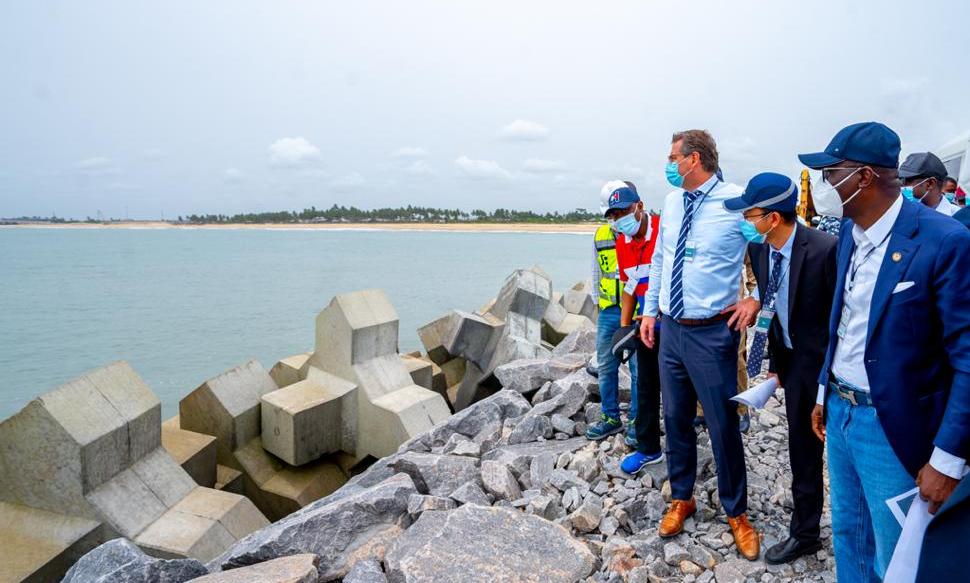
Investors:
The $1.5 billion project is a collaboration between the federal government, represented by the Nigerian Ports Authority, the Lagos State Government, the Tolarams Group (owners of the Lagos Free Zone), and China Harbour Engineering Company.
Economic Effect
According to the ICRC, the project’s economic effect would be $201 billion in revenue from tariffs, royalties, and taxes, as well as a $158 billion direct/indirect business impact.
Terminals
The port includes three terminals: one for containers, one for liquids, and one for dry bulk.
Facility
The Facility is a multi-purpose port with a well-designed maritime infrastructure, including container (phase one), dry bulk, and liquid terminals (phase two). It features three container berths, three liquid berths, and one dry bulk berth.
Capacity
With a 1.2 million TEU yearly capacity, the terminal can handle 18,000TEU container boats.
The Nigerian government owns 5%, the Lagos government 20%, and Lekki Port Investment Holding Inc 75% through the Special Purpose Vehicle (SPV- Lekki Port LFTZ Enterprise Limited).
The property is being developed at a prime position in Lagos. Lekki Port has a competitive advantage over any other port facility in the West African area due to its flexible and optimized layout and contemporary amenities.
Land Size
The land area is 90 hectares, and the concession term is 45 years, making it Nigeria’s first deep sea port and the deepest port in West Africa.
Over 169,000 direct/indirect jobs are estimated to be produced as a result of the project.


